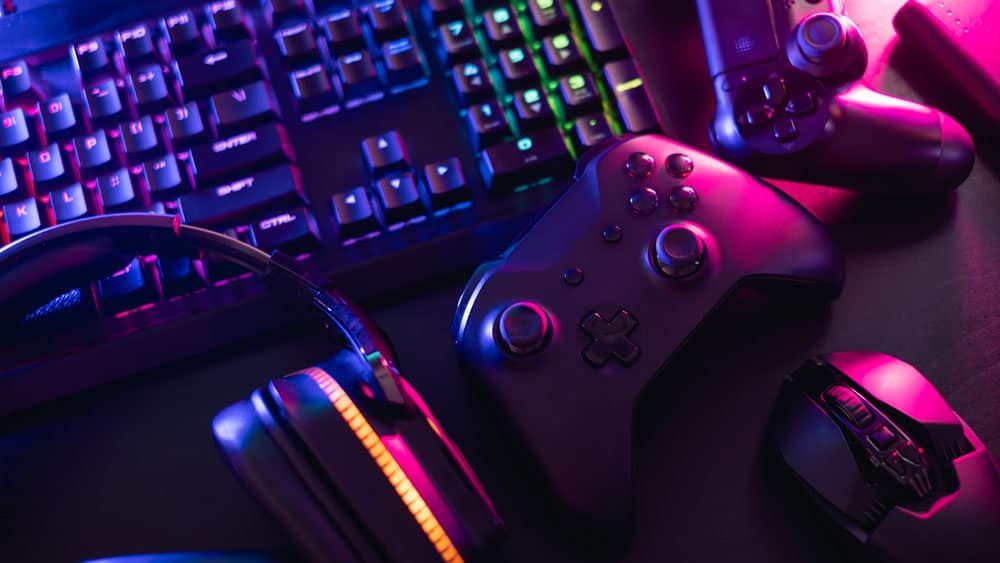
In this case, micro:Pi uses a Raspberry Pi 3A+ as its base, making use of the smaller footprint of the square A+ range. All the extra bits and bobs are neatly stacked on top, only increasing its vertical size in the process. It has an impressive array of components attached as well, including lights, IR sensors, buttons, audio in, and a little OLED screen to boot.
Teachable moment
Its creator, Dr Anwar Bashir, tells us that a number of functions were requested by educators – such as a self-test when an internet connection is made, and example code discreetly copied to the examples folder on each boot.
These code examples make use of the full range of functionality, with programs available to work out of the box with the buttons, LEDs, and screen, as well as functionality that can easily be added via the Grove connectors, such as motors.
The code is clearly and concisely written in Python, although it does make use of a special micropi library (similar to GPIO Zero) that will not be common elsewhere with Raspberry Pi.
Still, with all the extra functionality this adds, it’s a great beginner kit that can transition to doing much more advanced stuff like robotics and home automation.
Verdict
A great starter kit with good examples that could help take new and younger coders from beginners to advanced users.

Schreibe einen Kommentar
Du musst angemeldet sein, um einen Kommentar abzugeben.